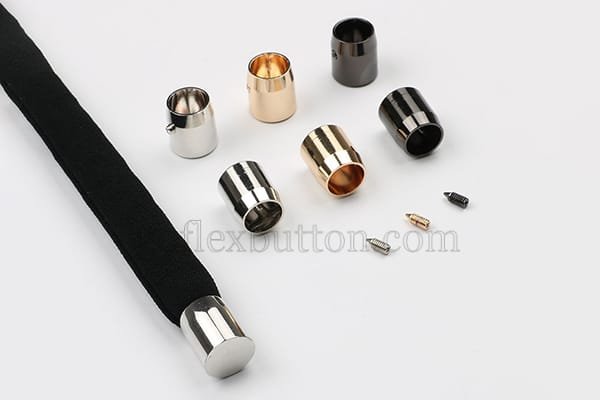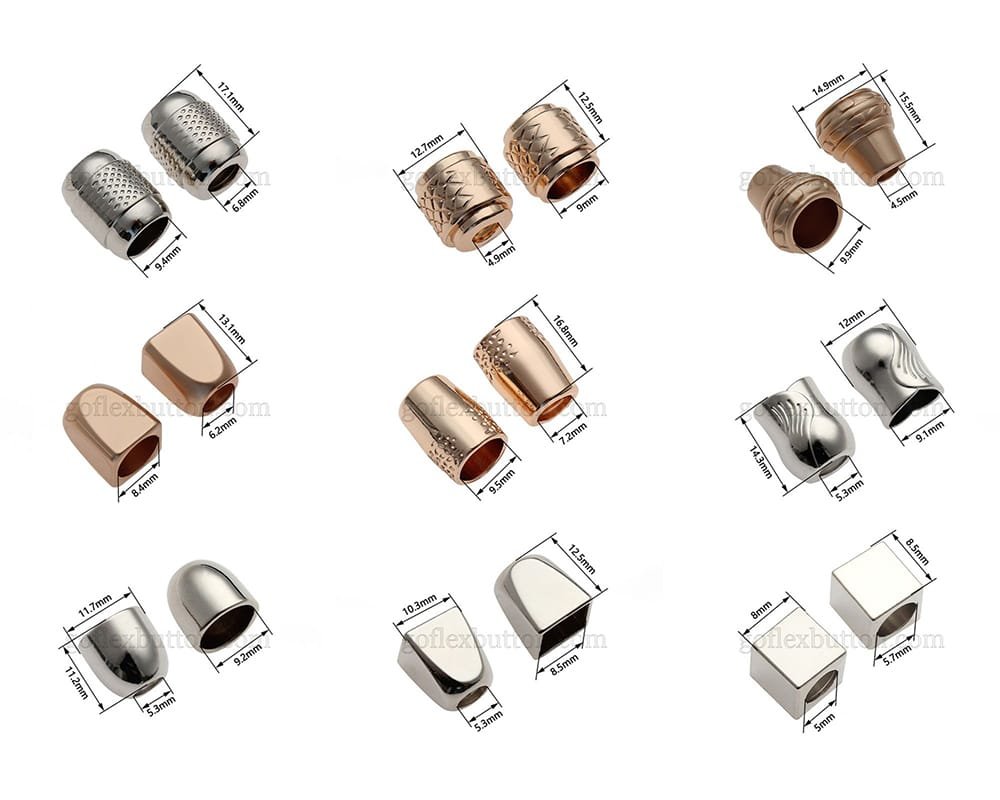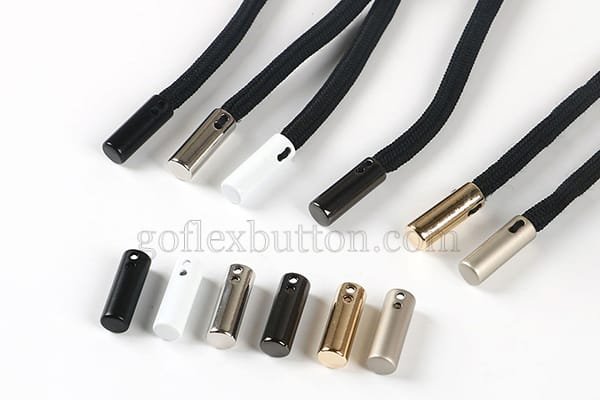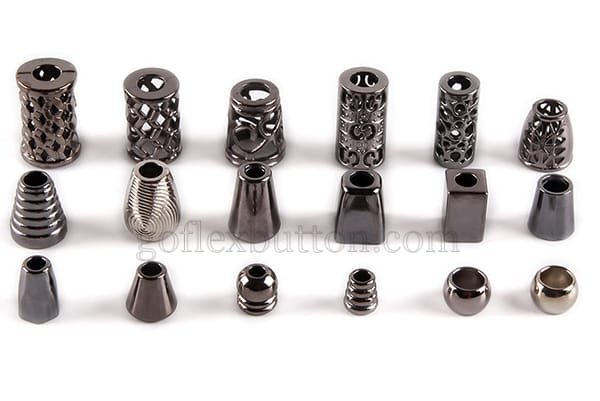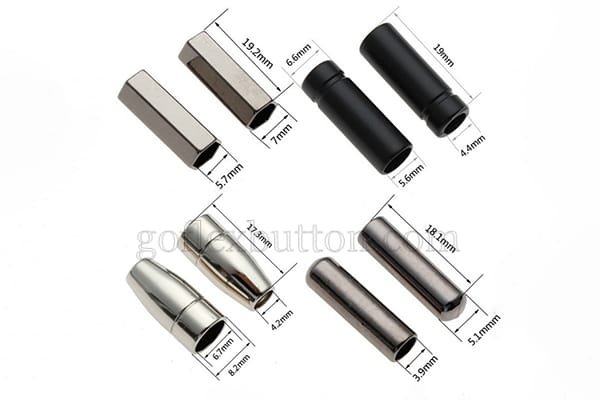
When working with electrical wiring, ensuring secure and reliable connections is crucial. Metal cord ends play a vital role in terminating stranded wires, improving conductivity, and preventing fraying. Whether you're an electrician, DIY enthusiast, or industrial technician, understanding the different types—such as crimp cord end terminals, copper cord end ferrules, and ring terminal cord ends—can help you choose the right component for your project.
In this guide, we’ll explore the various metal cord end connectors, their applications, and best practices for installation.
Metal cord end connectors are small fittings used to terminate stranded wires, ensuring a secure and conductive connection. They come in different styles, including:
These components are essential for electrical wire end connectors, battery connections, and industrial wiring systems.
These are the most common metal cord ends, designed to be crimped onto stranded wires for a secure connection.
✔ Best for: Automotive wiring, appliances, and control panels.
Specifically made for multi-strand wires, these prevent fraying and improve conductivity.
✔ Best for: Industrial machinery, power tools, and extension cords.
Used in screw-terminal blocks, these copper cord end ferrules keep wire strands intact for better contact.
✔ Best for: Electrical panels, DIN rail terminals, and PCB connections.
These feature a plastic sleeve for insulation, reducing the risk of short circuits.
✔ Best for: Household wiring, consumer electronics, and low-voltage applications.
A broad category that includes spade metal cord ends, ring terminals, and butt connectors.
✔ Best for: Automotive, marine, and solar power systems.
Heavy-duty connectors designed for high-current applications.
✔ Best for: Car batteries, inverters, and RV electrical systems.
Coated with tin to resist corrosion, ideal for humid or marine environments.
✔ Best for: Boats, outdoor lighting, and industrial equipment.
Fork-shaped terminals that allow for easy connection and disconnection.
✔ Best for: Speakers, amplifiers, and HVAC systems.
Circular terminals that secure wires under screws or bolts.
✔ Best for: Grounding connections, power distribution, and industrial controls.
✅ Prevent Wire Fraying – Keeps stranded wires intact.
✅ Improve Conductivity – Ensures a solid electrical connection.
✅ Enhance Durability – Reduces wear and tear on wires.
✅ Easy Installation – Most can be crimped or soldered quickly.
✅ Safety Compliance – Meets electrical standards for secure terminations.
🔌 Automotive Wiring – Battery terminals, fuse boxes, and sensors.
🏭 Industrial Controls – Motor connections, control panels, and PLC wiring.
⚡ Solar Power Systems – Panel connections, inverters, and battery banks.
🔊 Audio Equipment – Speaker wire terminations with spade metal cord ends.
🛠️ DIY Electronics – Prototyping circuits and repairing appliances.
When selecting electrical wire end connectors, consider:
✔ Wire Gauge – Match the terminal size to your wire.
✔ Material – Copper for conductivity, tinned for corrosion resistance.
✔ Insulation – Non-insulated for tight spaces, insulated for safety.
✔ Crimp vs. Solder – Crimping is faster, soldering is more permanent.
Metal cord ends—whether crimp cord end terminals, copper cord end ferrules, or ring terminal cord ends—are essential for safe and efficient electrical connections. By choosing the right type and installing them correctly, you can enhance durability, conductivity, and safety in any wiring project.
For high-current applications, battery cable cord ends and tinned copper cord terminals are ideal, while insulated metal cord tips provide extra protection in consumer electronics.
Upgrade your wiring with the right metal cord end connectors today!
